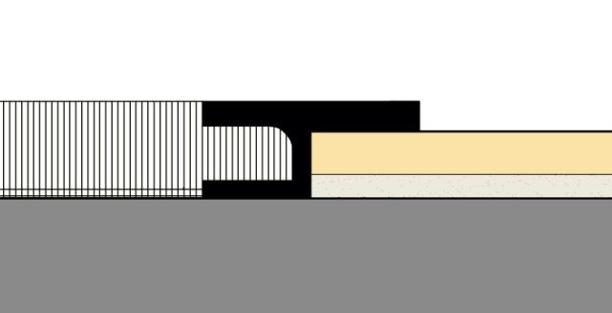Aging in Place Home Modifications for Foot Drop After a Stroke
CAPS Logo
According to the National Stroke Association, foot drop, sometimes called “drop foot,” is the inability to lift the front part of the foot. While walking, a victim of foot drop will drag their toes along the ground, or bend their knees to lift their foot higher than usual to avoid the dragging. Foot drop may be temporary or permanent, and it can occur in one or both feet. An Aging in Place home modification by a CAPS consultant can make the home safer for the victim of foot drop.
Physical Therapy Image from National Stroke Assc
Foot drop can result when nerves are damaged during a stroke. The muscles are rarely damaged, but become weak because of lack of use following a stroke. Partial or complete recovery is possible with the help of rehabilitative therapy. Physical therapy is central in strengthening muscles and joints.
Foot drop is a weakness or paralysis that limits your ability to raise the front part of your foot. The foot or ankle drops down when the leg is lifted to take a step. If you have foot drop you may trip and fall if your foot and ankle are not supported by a brace at all times. Without the brace the front of the foot may catch on raised objects such as a door threshold, steps, or carpet.
Objects on the floor that are more than 1/4 inch in vertical height can be a source of tripping and falling. Victims of foot drop need flooring that is smooth and consistent in elevation as much as possible. Floor elevation changes, such as door thresholds, should not be more than 1/2 inch in vertical height increase and the top 1/4 inch should be sloped no less than 1:2. See the diagram below for a representation of this installation.
Vertical Elevation Change for Flooring
Maximum Carpet Pile Height






